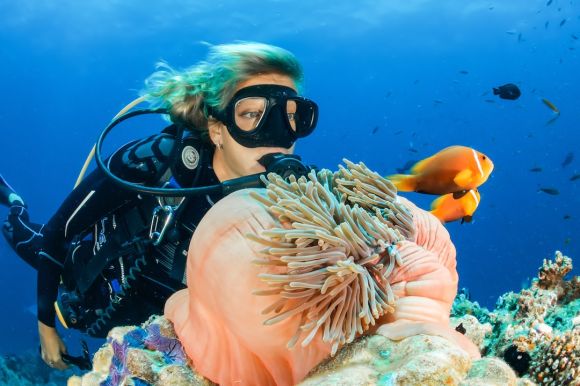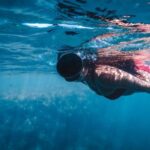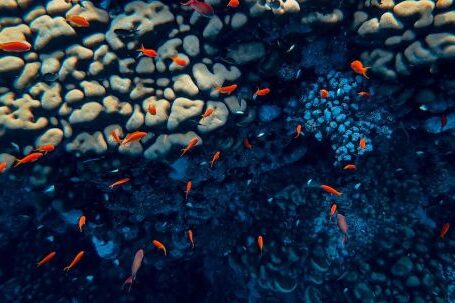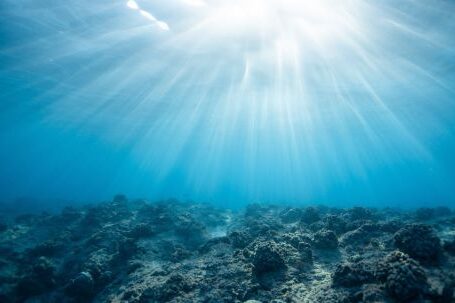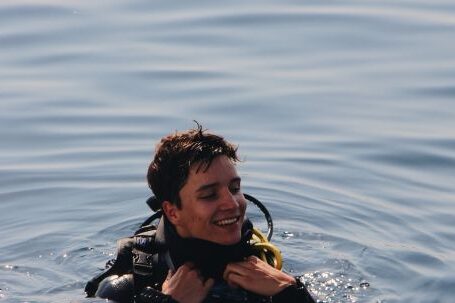Free diving is a thrilling and awe-inspiring sport that allows individuals to explore the depths of the ocean without the use of breathing apparatus. It requires exceptional breath-holding skills, mental strength, and proper technique. In this article, we will delve into the world of free diving and explore some essential techniques that can help you become a master of this incredible art.
Understanding the Basics
Before diving into the depths, it is crucial to understand the fundamental principles of free diving. Firstly, it is essential to master the art of relaxation. As you descend into the water, your body needs to enter a state of calmness and tranquility. Deep and controlled breaths can help slow down your heart rate and prepare your body for the dive.
Equalization Techniques
Equalization is a crucial technique that allows divers to equalize the pressure in their ears and sinuses as they descend deeper into the water. There are several methods for equalization, including the Valsalva maneuver, where you pinch your nose and blow gently, and the Frenzel maneuver, which involves using your tongue to control the airflow. It is important to practice these techniques regularly to improve your equalization skills.
Finning Techniques
Proper finning techniques are essential for efficient movement and conservation of energy underwater. The flutter kick is the most common technique used by free divers. It involves kicking from the hips with a relaxed and flexible ankle. Another technique, known as the dolphin kick, utilizes the entire body, resembling the fluid motion of a dolphin. Experimenting with different finning techniques will help you find the one that works best for you.
Breath-hold Training
One of the key aspects of free diving is breath-hold training. Regular practice can help increase your lung capacity and improve your ability to hold your breath for extended periods. Start by practicing static apnea, where you lie face down in the water and hold your breath for as long as possible. Gradually increase the duration over time. Dynamic apnea, where you swim underwater for a distance while holding your breath, is another effective training method.
Mental Preparation
Free diving requires mental strength and focus. Visualization techniques can help prepare your mind for the dive. Before entering the water, visualize yourself descending smoothly and effortlessly, overcoming any challenges along the way. Deep breathing exercises and meditation can also help calm your mind and enhance your mental clarity.
Safety Measures
While free diving can be an exhilarating experience, it is essential to prioritize safety at all times. Always dive with a buddy who is trained in rescue techniques and ensure that you have the necessary safety equipment, such as a buoy and a dive knife. Familiarize yourself with the signs of hypoxia and know when to surface. Remember, safety should always be your top priority.
Continuous Learning and Improvement
Mastering the art of free diving is a lifelong journey. There is always something new to learn and improve upon. Take advantage of workshops, training programs, and certifications offered by experienced free divers. Surround yourself with a community of fellow enthusiasts who can provide guidance and support. The more you immerse yourself in the world of free diving, the more you will grow as a diver.
In conclusion, mastering the art of free diving requires a combination of physical and mental skills. By understanding the basics, practicing essential techniques, prioritizing safety, and continuously learning and improving, you can embark on a thrilling journey into the depths of the ocean. So, take a deep breath and dive into the world of free diving, where the possibilities are endless.
